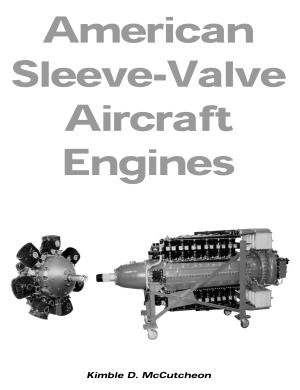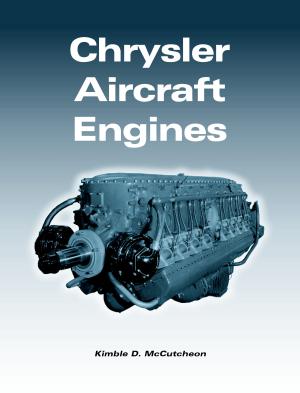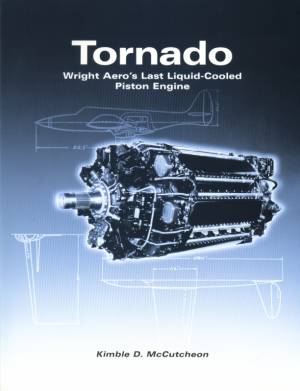 Weak Force Press
Weak Force Press
 Weak Force Press
Weak Force Press
Huntsville, Alabama
Specializing in Technical History
 |
In the 1930s, both Continental Motors Corporation and Pratt & Whitney Aircraft undertook projects to develop sleeve-valve aircraft engines. These were experimental programs driven by the United States' need to develop higher-powered, better-performing aircraft in the lead up to WWII. Several such experimental engine programs were carried out at the behest of both the Army and the Navy. The history of these experimental developments, the resulting engines, and the ultimately futile aircraft applications provides the focus of this book. American Sleeve-Valve Aircraft Engines is the third in a book series about experimental engines built for the U.S. Military before and during World War II. American Sleeve-Valve Aircraft Engines is extensively researched using material from the Air Force Historical Research Agency, National Air and Spece Museum, National Museum of the United States Air Force, Pratt & Whitney Archives, U.S. National Archives, and several individuals who worked on the projects. It provides detailed coverage of U.S. Army and U.S. Navy sleeve-valve aircraft engine projects. A glossary and index are included. |
More About American Sleeve-Valve Aircraft Engines (photographs, drawings)
 |
Now an e-Book! From the early 1930s until just after World War II, engine designers worked to create a new and more powerful generation of piston aircraft engines. Military aircraft designers hoped these engines would give bombers intercontinental range and propel fighters to speeds of over 500 miles per hour. One such engine was the Chrysler XI-2220, an inverted V-16 less than 34 inches in diameter that produced 2,500 horsepower. This book tells the fascinating story of young automotive engineers and the engine they designed, built and flew during WWII. Chrysler Aircraft Engines is the second in a series of books about experimental engines built for the U.S. Army before and during World War II. Chrysler Aircraft Engines is extensively researched using material from the Air Force Historical Research Agency, Chrysler Historical Collection, U.S. National Archives, National Museum of the United States Air Force, and several individuals who worked on the project. With unprecedented detail, It provides practically a day-by-day account of XI-2220 development. It includes a bibliography and index. |
More About Chrysler Aircraft Engines (photographs, drawings)
 |
Now an e-Book! In the 1930s, when gas turbines were practically unknown, engine designers worldwide struggled to create a new and more powerful generation of aircraft engines. One such engine, the Tornado, was a remarkable 42-cylinder liquid-cooled radial conceived by the Wright Aeronautical Corporation. This book tells the incredible story of the people, politics and technology behind the Tornado, of the aircraft it was meant to power, and of the volunteers who preserved it for future generations. First in a series of books about experimental engines built for the U.S. Army around World War II, Tornado presents the complete story of this unique aircraft engine. Tornado is extensively researched using material from the National Air and Space Museum, Air Force Historical Research Agency, National Archives, NASA Langley Research Center and New Jersey Aviation Hall of Fame. It includes a bibliography and index. The Second Edition, published 6 March 2021, includes a number of photographs and drawings that have been discovered in the 20 years since the first edition was published. |
More about Tornado (photographs, drawings, free stuff)
Links
Aircraft Engine Historical Society
About Weak Force Press
For quantity orders or non-US orders over 4 lbs, please send e-mail to
![]()
PayPal is the authorized on-line retailer for Weak Force Press.